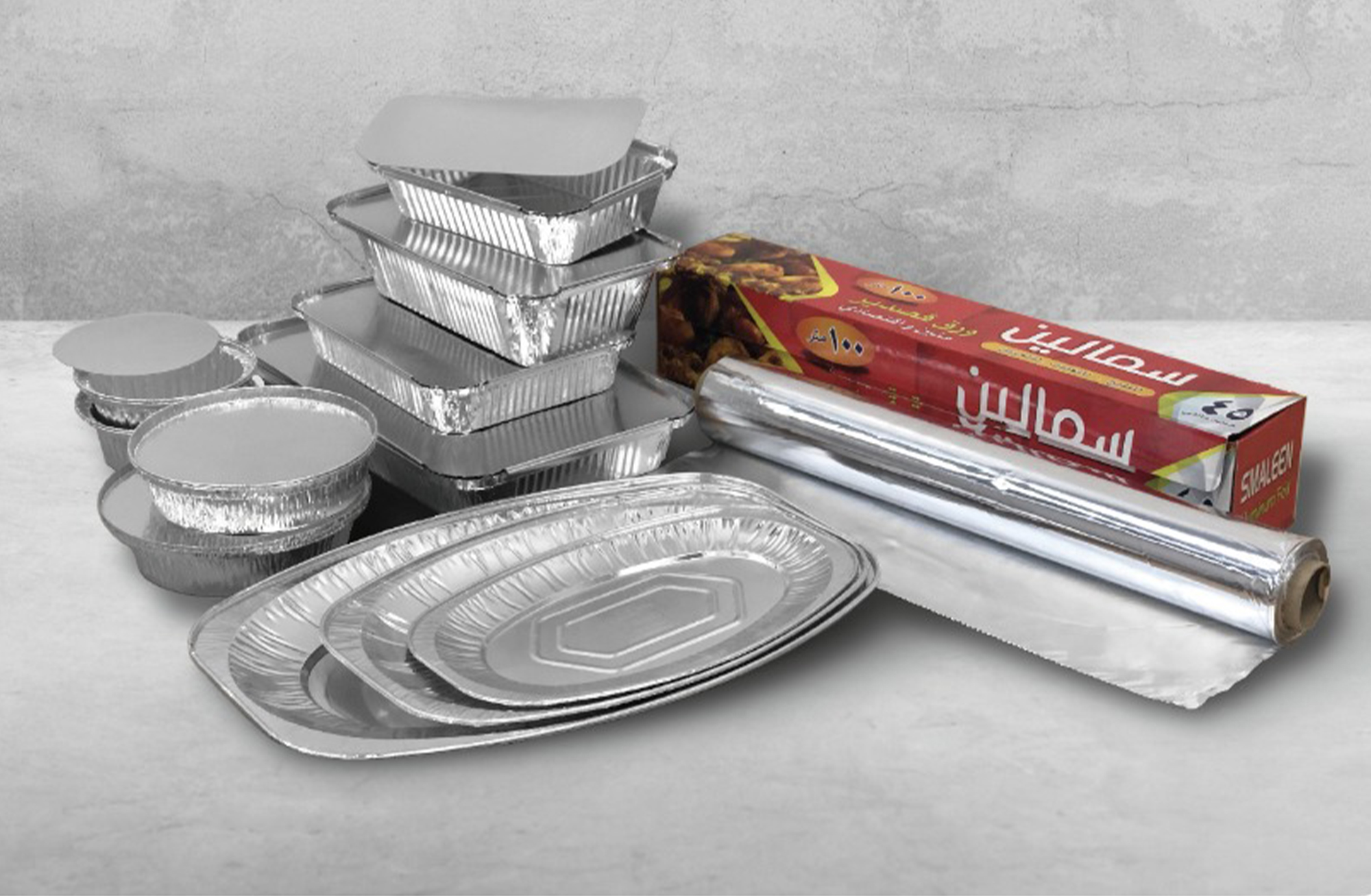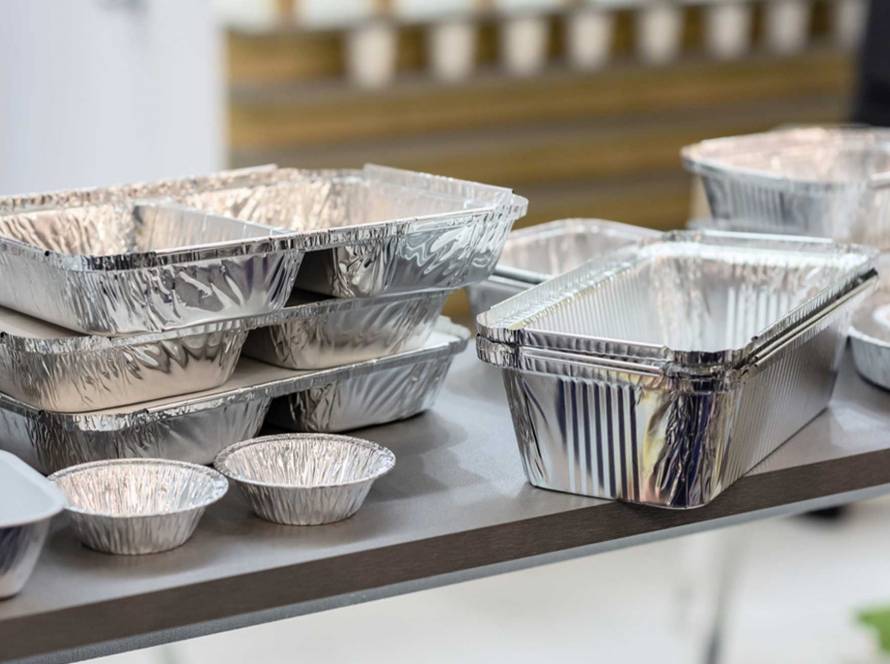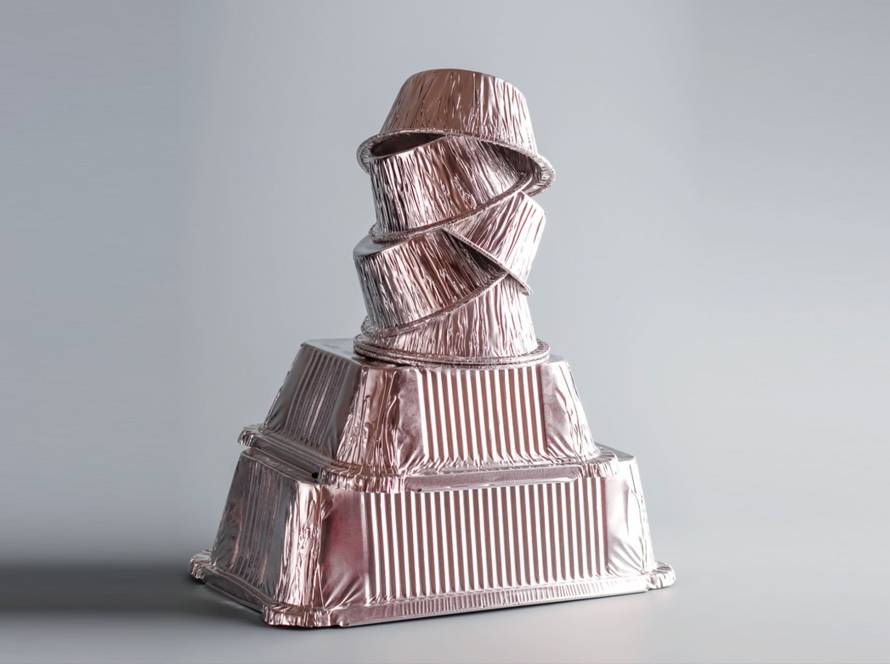We find it in our homes, kitchens, and cars, and it interferes with all the bodies that surround us. It was called (precious metal) and (magic metal), and it may surprise many people that it was once more expensive than gold, silver and platinum. It is aluminum… the old metal, but its applications and uses are increasing, as are increasing questions about its story and its features! This is what Eng. Khaled Al-Ananzah answers in this article, referring to the history of aluminum and its sources
Aluminum is one of the most abundant metallic elements in the earth’s crust, as it comes in third place after oxygen and silicon with a rate of 8.3%, and it is not found in nature alone due to its strong ability to bind with oxygen, so aluminum is found in rocks and the earth’s crust in the form of oxides and silicates, It is purified from mineral ores.
Since the moment when aluminum was separated from its ores and its properties were determined in the mid-nineteenth century, early scientists had no doubt that this metal would have value in the future. Indeed, aluminum has become one of the most important metals widely used throughout the world in the sectors of transportation, industry, communications and applications. household and military. The rate of its use is currently growing faster than any other metal, and the average per capita consumption of aluminum is 25 kg in the United States of America, 20 kg in Germany and 30 kg in Canada. In fact, if we look around, the modern world would be strange without aluminum
magic metal
In the mid-nineteenth century, aluminum was considered a precious metal and was more valuable than gold, silver and platinum, because its production was expensive and limited, and aluminum utensils such as cutlery were expensive and only the rich could buy them. Historians mention that Napoleon III, Emperor of France, hosted a banquet in which he gave the most honorable guests aluminum pots and the others gold pots, and in 1884 the Washington Monument was completed using 100 ounces of aluminum as the final touch in an elaborate ceremony. The production of aluminum at that time was considered a scientific miracle, so the first bar of precious metal manufactured by (Henry Deville) was displayed at the Paris International Exhibition in 1855 AD, along with the English crown jewels. The presentation of aluminum at the Paris International Fair sparked the imagination of jewelers, watchmakers and silversmiths in a promising future for aluminum, and aluminum continued to appear between the years (1850 and 1870 AD) in recreational purposes such as bracelets, medals and mugs.




Something from the history of aluminum
The word aluminum is derived from the Latin word alumen, meaning stone of alum, and it is a white powder containing aluminum and other elements such as sulfur and potassium. Alum salts have been known since ancient civilizations, and ancient Roman doctors used them to heal the wounds of wounded soldiers in battle, and in the Middle Ages they were used to treat and dry the skins of dead animals. In 1787, scientists expected that there was an unknown metal in alum powder, and at the beginning of the nineteenth century the British chemist (Humbri Davey) called the unknown metal aluminum, and there was no known way to obtain this metal until 1825 AD when the Danish chemist (Hans Oersted) ) from producing small quantities of aluminum, and two years later, a German chemist named (Friedrich Holler) was able to develop a more effective method for obtaining the metal. And by 1845, he was able to produce large quantities of aluminum and know its density and one of its most important unique properties, which is light weight.
In 1854, the Holler method was developed by a French chemist named (Henry Deville), which opened wide prospects for extracting aluminum on a commercial basis. As a result, the price of a kilogram of aluminum fell from 1200 dollars in 1852 to 40 dollars in 1859. The global production of aluminum increased significantly during the first and second world wars as a result of the increasing production of the warring countries to cover the increasing needs of it for military purposes. In the middle of the twentieth century, the aluminum industry developed and became common and familiar. The first production of aluminum foil appeared in 1947, and the production of aluminum wires used in electric power stations began in 1957. In the 1960s aluminum cans became popular, and today aluminum is used in wide applications ranging from beverage cans to armored and aircraft structures.




